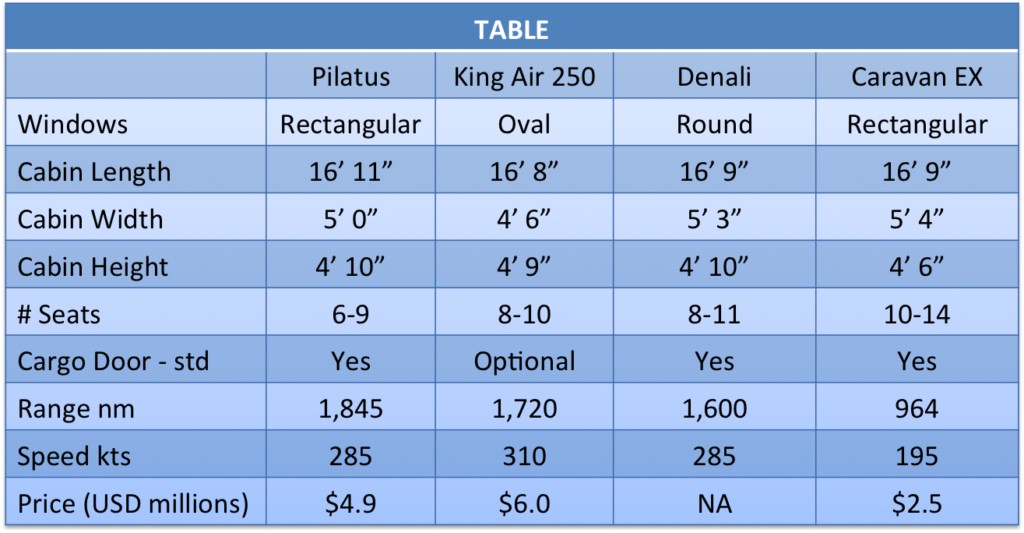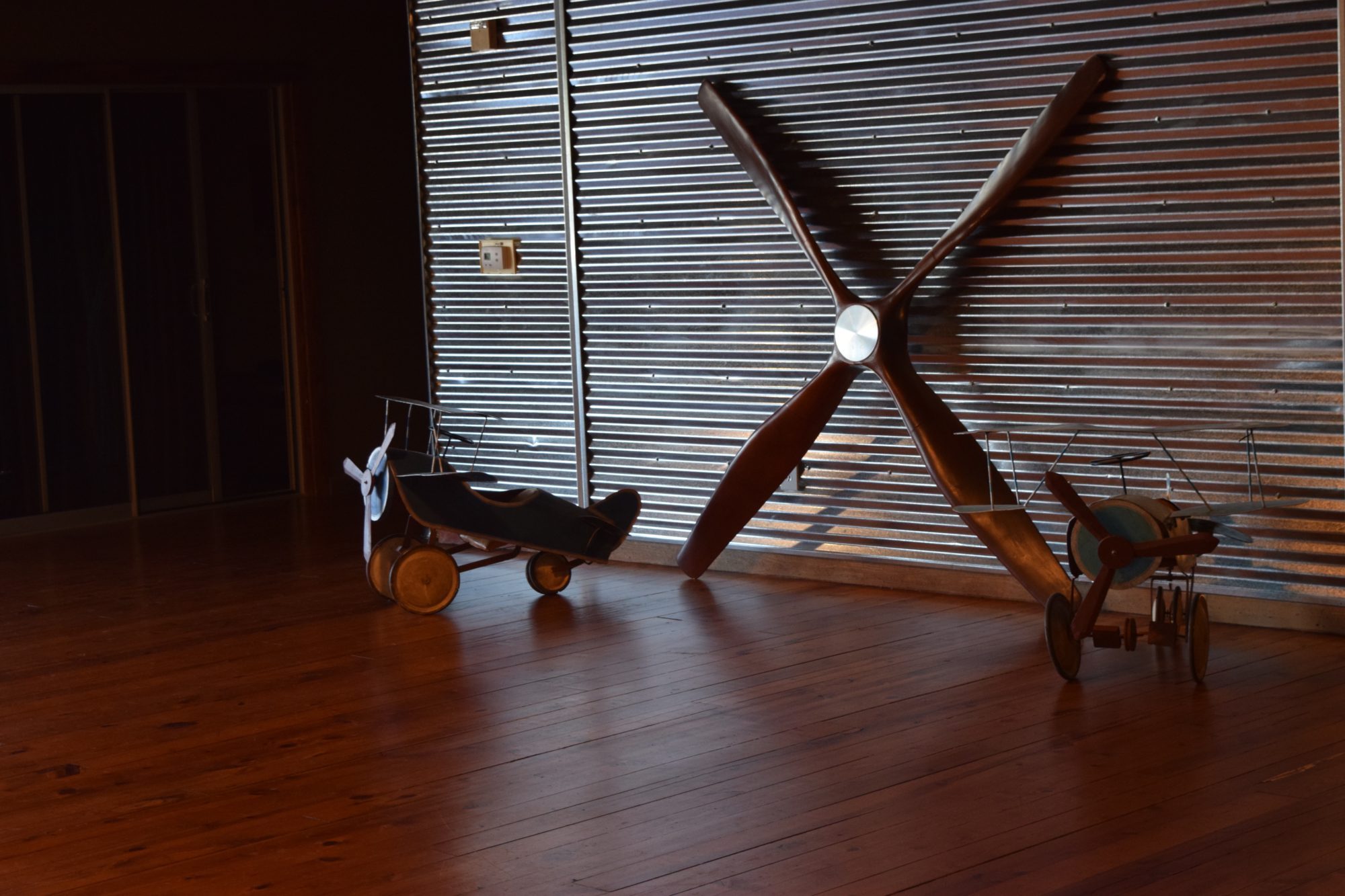Textron’s decision raises some interesting strategic questions for marketers to debate

It really should not have surprised me when Textron announced their new single engine turboprop would be branded as a Cessna. After all, the design was developed by Cessna, and a single engine turboprop had long been a concept Cessna had considered.*
But, in fact, the announcement did surprise me. Looking at a sketch of the Denali, one cannot help but immediately think of the Pilatus PC-12. And when you think of the Pilatus you think of it as a competitor to the King Air 200 series. Hence, my surprise at the branding.
Textron now owns Beechcraft. And here in the form of the Denali is the single engine turboprop — dare I say it, King Air — that Beechcraft never developed.
Cessna’s previous attempts at producing turboprop aircraft have resulted in only one notable success – albeit a great one – and that is the utilitarian Caravan series.
The new Denali is more of a comfortable business aircraft with utilitarian aspirations. It is clearly designed to compete with the Pilatus PC12/12NG that has pretty much owned the high end, luxury single engine turboprop market since its entry into service in 1994.
Not only is the Denali cabin focused on comfort (even the aircraft’s window shape is similar to a King Air’s oval as opposed to the Caravan’s rectangular design), but a look at the table below indicates its performance and specifications clearly put it in the King Air / Pilatus class.

From a branding perspective what things do we typically consider when introducing a new product?
Will our current owner/customer base look upon the product as an acceptable extension of our brand, i.e. will it fit our brand personality
Will the product have the look and feel of our brand
Will the product message be consistent with our current brand message
Will the product name be in family with our other products
Will the quality and price of the product be consistent with our brand position
Does the product feature the distinguishing physical characteristics that our brand is known for, e.g., winglet shape, cockpit windshield design, passenger window shape, tail shape, etc.
Cessna’s online brochure states: “With a class-leading cabin, better performance, and superior economics, the Cessna Denali offers the highest level of comfort and productivity available in its category.” Doesn’t sound like a freight carrying, regional airline equipped Caravan, does it?
Compare to how Beechcraft describes its King Air 250: “The most popular business turboprop in the world, the Beechcraft® King Air® 250, now provides cutting-edge touchscreen avionics technology, greater passenger comfort and enhanced payload options to deliver more people to more places in unprecedented comfort.”
As an outsider looking in, it’s fun to speculate. Perhaps the decision came down to the simple fact that the Denali was a Cessna design and Cessna is the dominant Textron brand. Perhaps it portends the future branding scheme for Textron, i.e. the Beechcraft brand will not be expanded beyond its current reach. We’ll probably never know.
But you have to wonder, is Textron missing its best long-term ROI opportunity by not leveraging the King Air brand?
Chris Pratt
October 12, 2016
* Did you know the Cessna Mustang light jet was originally designed as a single engine turboprop?
